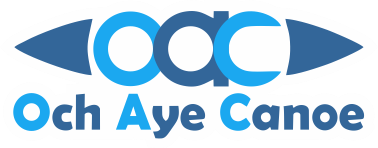Paddleboarding, also known as stand-up paddleboarding or SUP, has a rich history that dates back centuries. The earliest records of paddleboarding come from ancient Polynesia, where it was known as "Hoe he'e nalu" or "to stand, to paddle, to surf a wave."
In Polynesia, paddleboarding was a popular way to travel between islands, as well as a form of recreation and competition. Paddleboards were made from a variety of materials, including hollowed-out logs and planks of wood, and were often decorated with intricate designs and carvings.
In the 20th century, paddleboarding experienced a resurgence in popularity, thanks in part to the efforts of Duke Kahanamoku, a Hawaiian surfer and Olympian. Kahanamoku helped to popularize surfing and paddleboarding in the United States and around the world, introducing the sport to a new generation of athletes and enthusiasts.
In recent years, paddleboarding has continued to grow in popularity, with new innovations in materials and designs making the sport more accessible than ever before. Today, paddleboards are made from a variety of materials, including inflatable and rigid boards made from foam, plastic, and fiberglass.
Paddleboarding is now enjoyed by people of all ages and abilities, from recreational paddlers enjoying a leisurely day on the water to competitive athletes competing in races and other events.
Och Aye Canoe offers paddleboarding to complete beginners, with all equipment included in the price, ages 8 and over. Book here!

